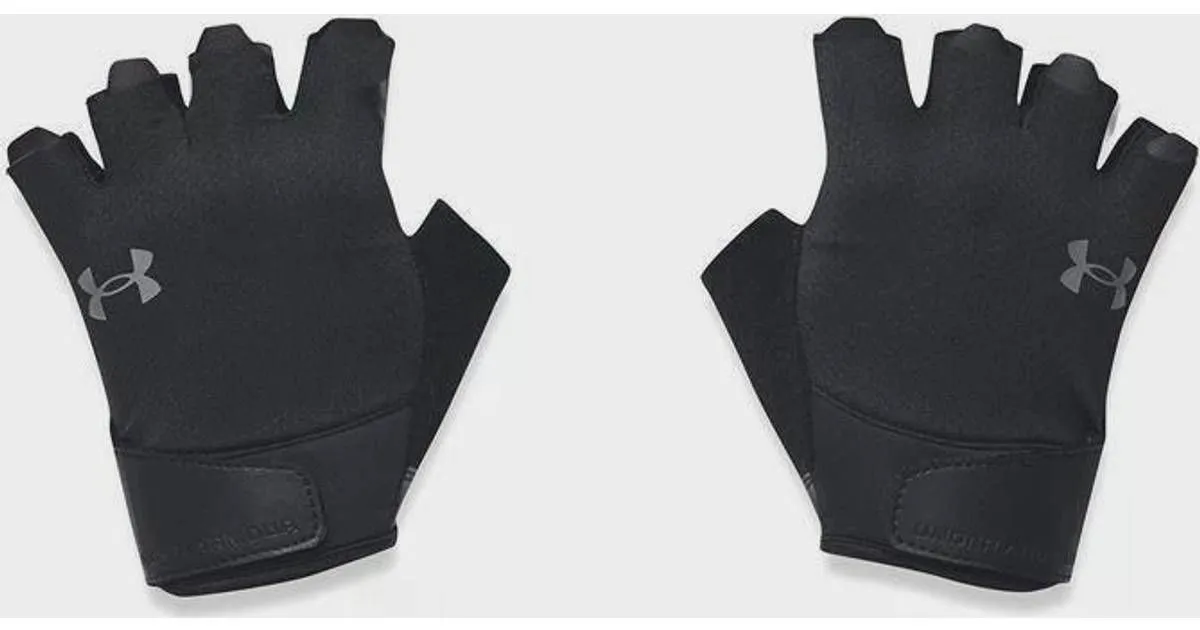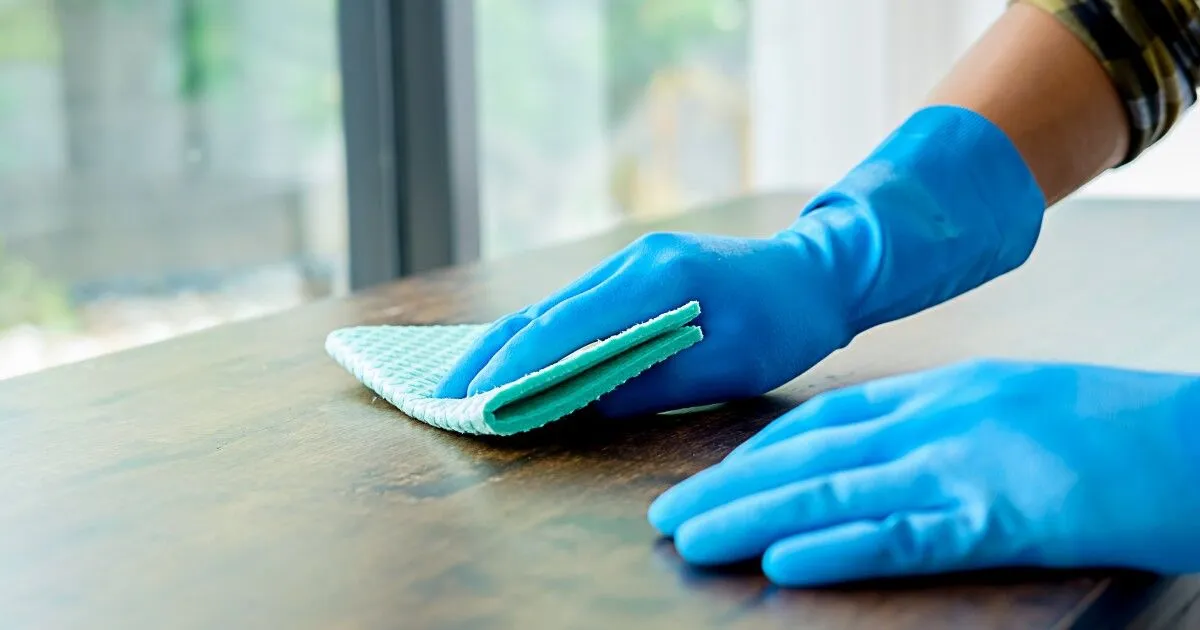Stepping into the ring takes courage, but having the proper equipment gives boxers confidence. The maximum essential piece of gear are the gloves that each shield the palms and rework them into effective weapons. But with such a lot of sizes, weights, and styles of boxing gloves available on the market, How To Choose Boxing Gloves?
The perfect pair must strike a delicate balance. Gloves that are too large restrict movement and reduce striking speed, while gloves too small leave the hands vulnerable to injury. Those new to the sport often assume heavier gloves offer better protection, failing to consider that excessive padding also dulls blows and taxes the arms and shoulders over the course of a fight or training session.
Key considerations when purchasing boxing gloves include the intended application, whether that be heavy bag work, sparring, competition, or general fitness training. How To Choose Boxing Gloves? The size of the user’s hands also determines sizing, as gloves should fit snugly without limiting mobility.
Consider Your Experience Level

If you are new to boxing, choose gloves with extra padding to shield your palms as you analyze right punching technique. 12-16 ounce gloves are recommended for novices. As you advance, you can move to gloves with less padding to increase impact.
Fighters with more experience can handle less padding for faster punches, but don’t cut too much padding too quickly. Consider your conditioning and technique before moving to lighter gloves. Many fighters start out with heavily padded brands like Grant Boxing Gloves which provide ample protection for beginners developing proper technique on the bags and pads.
Choose the Right Size
Make sure gloves properly fit your hand size. Gloves too big will be clumsy, while small gloves leave fingers jammed near the edges. Measure hand circumference with a tape measure.
For the proper fight glove size, add 1-1.5 inches to your measurement. Sparring and bag gloves should add about half an inch extra. The gloves should slide on snugly but allow full finger flexion and extension.
Determine Proper Weight
Bag and sparring gloves usually range from 8-16+ ounces based on experience level. Heavier gloves have more padding to develop punching technique. As you progress, use lighter gloves to build strength and punching speed.
For competition, gloves must adhere to weight classes. 10-12 oz. gloves for fighters under 147 lbs., and 12-16 oz gloves for 147+ lbs. Heavier gloves slow punches, so pick the lightest allowed for your weight class.
Pick Material and Padding
Leather gloves conform to your hand, last longer, and allow for airflow. Vinyl and synthetic gloves are cheaper but retain heat/moisture quickly. Inner padding should be firm yet shock-absorbent.
Layered foam protects knuckles and fist bones best. Cheap gloves show wear and compression sooner. Quality padding compresses slowly over years to maintain protection. Don’t risk hand injury with poor quality.
Bag Gloves vs. Sparring Gloves
Bag gloves have most padding for high repetition, while sparring gloves balance protection and mobility. Sparring pads over knuckles prevent cuts, while bag gloves stress whole fist stability.
For multi-purpose gloves, pick quality sparring gloves in a heavier weight. Spar regularly? Invest in proper sparring gloves for partners’ safety. Only hit heavy bags with bag gloves to avoid injury risk to hands and wrists over time.
All-Purpose Training Gloves

For new boxers not yet sparring heavily or competing, all-purpose 12-16 oz training gloves offer versatility. Enough padding for heavy bags, insufficient for high intensity sparring.
As you advance, you’ll likely want dedicated sparring gloves and a lighter pair for bags/pads. Starter all-purpose gloves help learn proper mechanics while protecting hands fully until developing further technique and conditioning.
Competition/Fight Gloves
Fight gloves utilize minimum padding allowed for weight class and quick punches. Padding compresses fully on impact for maximum force. Less material also reduces injury risk to opponents.
Look for full wrist support and secure fit. Competition gear undergoes meticulous regulations and testing. lacings, seams, and materials are made to withstand high intensity match conditions. Don’t cut corners with generic sparring gloves.
Brand Matters
For general training, many mainstream brands offer adequate beginner’s gloves if properly fitted and maintained. As you advance, invest in recognized fight glove brands for heavy bags, sparring/competitions when technique and safety is refined.
Features to Look For
Key glove features include wrist support, grip bars/vents for airflow, attached thumbs, layered foam padding, quality stitching/materials with no separations.
Avoid bag gloves for sparring, as lacked padding over knuckles risks cuts. Crossover use requires compromise. Specialized gloves protect hands and partners properly. Don’t sacrifice safety and be sure to double check regulations.
Test Them Out
If possible, visit sports stores to actually try on gloves and get a feel for proper hand positioning, mobility and overall fit and comfort. Pro shop attendants can provide guidance matching your needs.
Shadow box, hit pads and bags when possible with gloves you’re considering. Making an investment without testing risks getting an inadequate or improper pair requiring additional purchases after the fact. Take time to make the right choice.
When to Replace Your Gloves

Inspect gloves routinely to support integrity. If fists bottom out inside the gloves on bags/pads, padding is too compressed to protect from impacts. Stitching and material separations also indicate expired effectiveness.
As sweat and oils penetrate, leather gloves break in over time. If hand mobility shifts substantially or ventilation decreases, carefully evaluate replacement needs. Competition gloves require more frequent replacement from continuous high intensity use.
Conclusion
Finding the right pair of boxing gloves can seem daunting with so many choices. But understanding key factors like intended use, experience level, proper fit, and adequate padding narrows the options. How to Choose Boxing Gloves comes down to matching needs to the gloves’ design, weight class, and quality. Whether for training technique or competing, the right gloves provide protection and support without excess bulk.
Stepping into the ring takes courage. But having properly fitted gloves gives boxers confidence to develop their combat skills. Carefully evaluating all considerations allows boxers to transform their hands into effective weapons protected for countless rounds. Newcomers and champions alike unlock their pugilistic potential when the perfect gloves become a second skin.

Leave a Reply